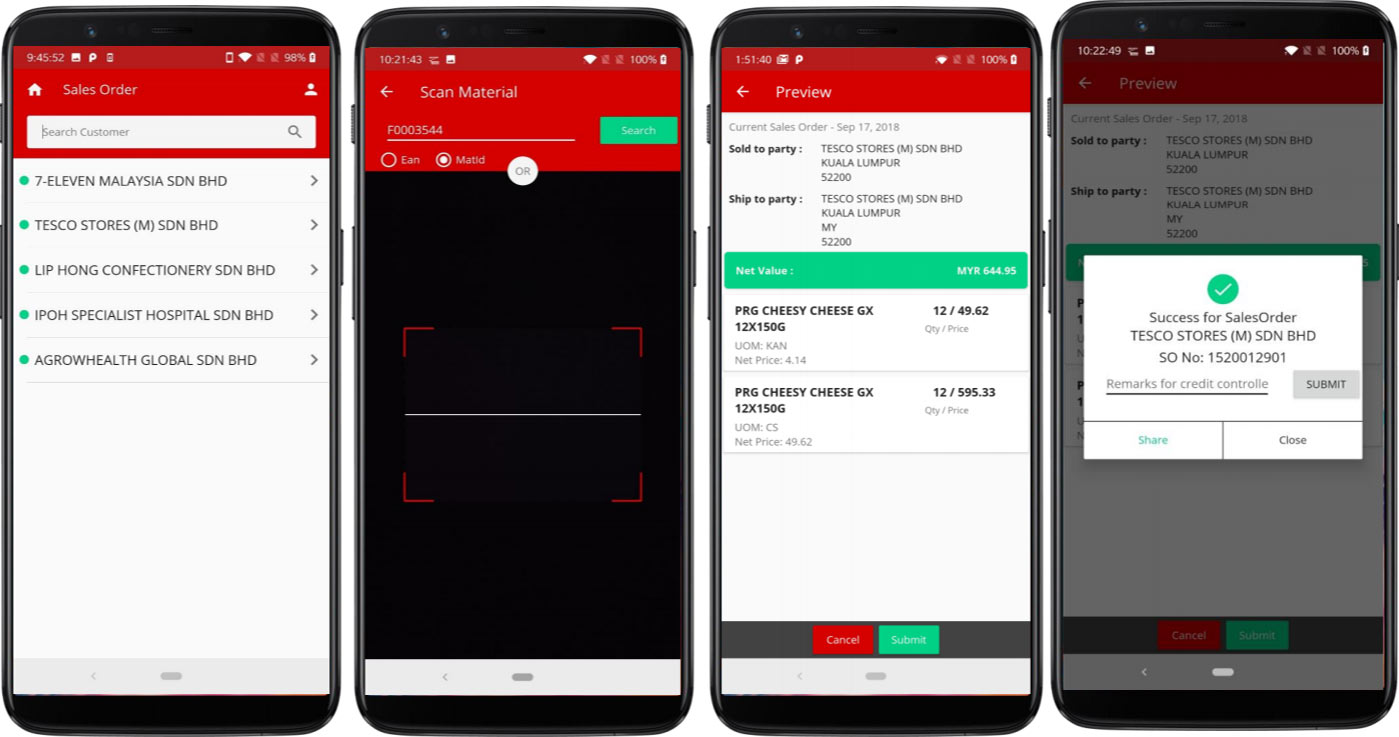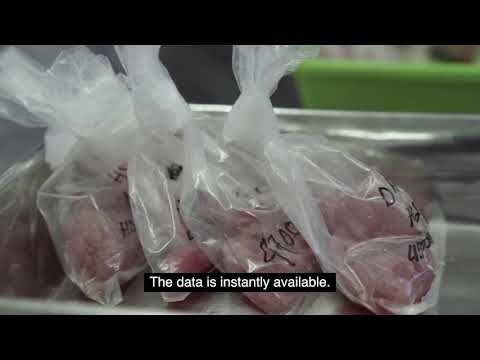
The Road to an Intelligent Enterprise Requires Choice, Agility, and an Agile Business Platform
February 26, 2019
How Auto Trader UK, the UK’s largest automotive marketplace, uses Istio and Google Kubernetes Engine to drive change
February 26, 2019Sometimes, you just need an expert. At SAP, our experts are both visionaries and firefighters.
In this spirit, Stefan Bäuerle, one of three expert executives in Development at SAP, answers a few questions about his role and how it helps drive innovation in the area of Data Management and the SAP HANA platform.
Q: What does an SAP HANA chief architect do?
A: In a nutshell, it is about solving problems and driving technology topics that cross boundaries. My scope of work ranges from answering very concrete questions in order to help improve our products to working on architectural cross-topics that are, for example, related to new customer requirements. I also explore potential future needs to help evolve our products in terms of their architecture and their ability to grow.
You could say that I have to jump between the roles of firefighter and visionary. In short, this means my day-to-day work includes many interactions with various teams across SAP. It might sound trivial, but in the end, it’s basically about realizing improvements and driving innovation for our customers and partners.
Q: You are one of three expert executives in Development. Why did you decide on the expert path as opposed to a career in management?
A: I was in a management role for several years some time back. Working as an expert was a conscious decision because I wanted to work on technology and concepts, explore the various aspects of a technological challenge, and discover potential for innovation by working together with colleagues and aligning these concepts across SAP.
I want to take our products to the next level. This can only be done by working across many teams and with customers – because collaboration is a key part of influencing innovation. The technical work within and beyond SAP, working with other experts, evangelizing and discussing to reach a common understanding, aligning teams to move in one common direction and thus follow the same true North — all are key to creating the value our customers are looking for.
Q: How would you describe the power of the SAP HANA platform?
A: Its power lies in in several different aspects, there is no one single thing that covers it all. But among the most important aspects to me is firstly, the processing power of the in-memory columnar engine as the center piece. This is the driving force that generates value for our customers while at the same time enabling completely new business scenarios and insights that were not previously possible, particularly for analytical processing.
This driving force that is the in-memory columnar engine is closely related to the ability to run analytical (OLAP) and transactional (OLTP) scenarios on one single technology. This gives us the possibility to establish a closed loop for insight-to-action on one single copy of data, removing redundancies. And this ultimately will help simplify enterprise landscapes.
A third, but also very important, aspect is that SAP HANA is not only a relational database, but has a lot of functionality to enable multi-model data processing and thus combining SQL and NoSQL. In addition to pure data processing, advanced functionalities — spatial, text analysis, search, or predictive functions — are also relevant. To put it in one sentence, this enables applications to choose and combine the best fitting data processing methods or tools in a single system while being open to connect to and interact with other data sources and infrastructures.
Q: What do you consider your biggest achievement?
A: One of my recent activities is the work we’ve done on making SAP HANA a first-class cloud citizen by improving the SAP HANA service in the cloud. While this is one of the projects I’m very passionate about, it is clearly not a one-man show; it is a true team effort with many contributors behind the scenes. Without a great team behind you, it would be impossible to achieve anything big. Only by working together can we can drive innovation for data management beyond its current scope and functionality – and make it run. This not only requires anticipating new demands, but to also working and aligning with multiple stakeholders.
In my role, my task is to listen and bring all the various perspectives together, evaluate those, and find a way to realize the needs in a structured and planned manner — with all hands on deck.
Q: What does a standard week look like for you?
A: A normal week is fully packed with meetings, usually starting before 9:00 a.m. until sometime in the evening. But this is very similar to many other roles at SAP. What I like about my day-to-day job is that it covers everything from talking to colleagues to meeting with customers, from uncovering problems to finding solutions, from working on concepts for the data management unit to cross-unit technology alignment, and from monitoring the market to anticipating trends and future needs and how they translate into our products.
Q: What do you do when you are not driving the development of SAP’s in-memory platform?
A: There is a very simple answer to that question! As a father of twins, I spend and enjoy as much time as possible with my family.




